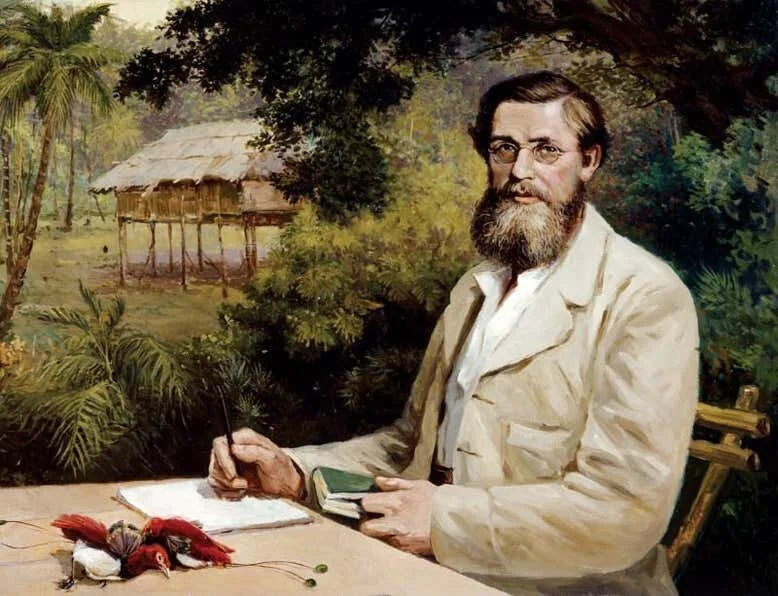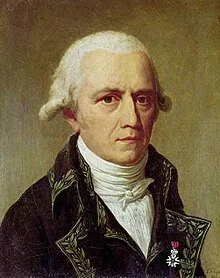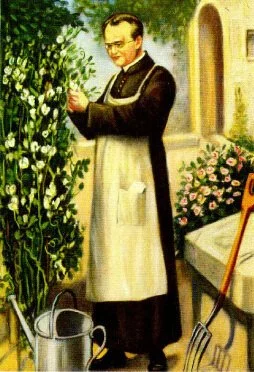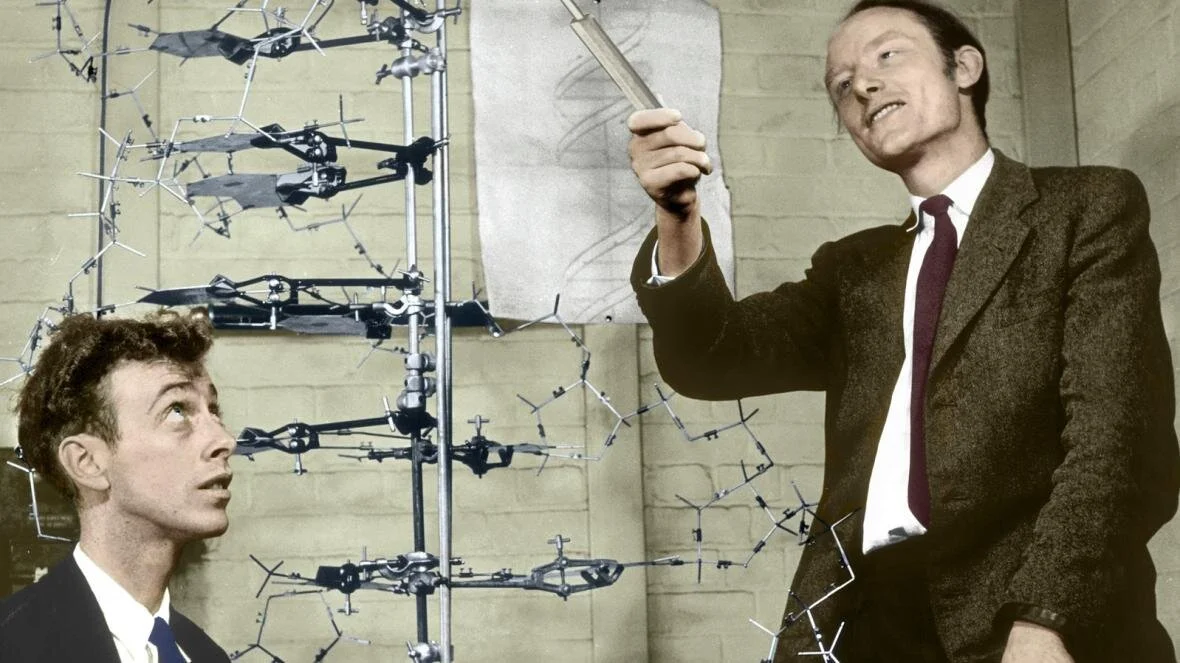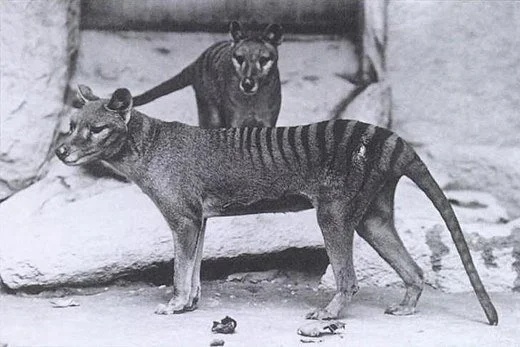Variation and Natural Selection
Variation is the differences between individuals of the same species. It can be caused by differences in genes, the environment or both. Variation is the driving force of evolution — the process by which organisms change over time.
Mutation
A mutation is when a DNA sequence changes, for example adenine replacing guanine within a gene. It occurs rarely and can be inherited in the next generation.
Sometimes the DNA change can have no effect at all. For example, if the codon AAG mutates into AAA, the protein is unaltered because both of these codons code for the same amino acid. Therefore, this mutation will have no effect on the organism. This is the case for most genetic mutations. Very rarely do mutations have a significant impact on the organism. An example of this is the mutation which causes sickle cell anaemia. A change in DNA sequence of the gene which codes for haemoglobin results in a change to an amino acid in the protein, causing haemoglobin to fold into an awkward shape. The misfolded haemoglobin cannot carry oxygen effectively, resulting in sickle cell anaemia.
Mutations can be increased by exposure to ionising radiation (such as gamma rays, X-rays and UV rays) and chemicals (such as the chemicals in tobacco). Examples of large-scale mutagenic events include:
Hiroshima, 1945. Thousands died due to the harmful effects of radiation, which can cause DNA to mutate.
Chernobyl 1986: accidental explosion at a nuclear power plant in the USSR. Many died or developed cancer from the radiation.
Hiroshima 1945: a WWII atomic bomb was dropped on Hiroshima, Japan. Thousands died and many suffered radiation poisoning (hair loss, bleeding and vomiting).
DuPont chemicals plant: for decades a DuPont factory which synthesised chemicals for non-stick coating on pans resulted in a huge increase in the incidence of cancer in West Virginia, US.
Darwin’s theory of natural selection
Charles Darwin proposed his theory of evolution by natural selection after studying animals living on the Galapagos islands in South America in the 19th Century. By observing living animals and fossilised remains, he noticed that features such as the beak size of finches increased over time. His theory can be summarised as follows:
Individuals within a population show variation for a particular characteristic.
Individuals with characteristics most suited to the environment are more likely to survive and reproduce.
They pass on their advantageous genes to their offspring.
This increases the frequency of the characteristic in the population.
Antibiotic resistance
Bacteria can evolve quickly because they reproduce at a fast rate. Mutations in the bacteria’s DNA could make them resistant to certain antibiotics, such as penicillin, and will no longer be killed by the antibiotic.
A random mutation (DNA change) occurs in a single bacterium.
Some mutations protect the bacteria against the antibiotic.
These bacteria survive and divide to produce more bacteria containing the antibiotic-resistance gene.
Alfred Russel Wallace Image: Evstafieff/Down House, Downe, Kent, UK/English Heritage Photo Library/Bridgeman
Developing the theory of evolution
Charles Darwin is well known as the guy who proposed the theory of evolution by natural selection. Actually, there was another scientist — Alfred Russel Wallace — who came up with the theory at the same time. Darwin discovered the theory after collecting data on living organisms on his worldwide voyages, linking his findings to the developing knowledge of geology and fossils. The theory of evolution by natural selection states that:
Individual organisms within a particular species show a wide range of variation for a characteristic.
Individuals with characteristics most suited to the environment are more likely to survive to breed successfully.
The characteristics that have enabled the individuals to survive are then passed on to the next generation.
Darwin published this theory in a book called On the Origin of the Species in 1859. However, his theory was not initially accepted by everybody and its publication sparked controversy among scientists and religious figures, as:
Jean-Baptiste Lamarck
Scientists had not yet discovered genes, so the mechanism of inheritance and variation was not fully understood until 50 years after the theory was published
There was a lack of evidence at the time to support the theory. Nowadays we have genetic evidence and fossils which provide evidence for evolution.
The theory challenged the theory of creationism (the view that God made all living creatures on Earth).
Before Darwin proposed his theory of natural selection, the favoured theory of how species changed was known as the ‘Theory of Acquired Characteristics’ or ‘Lamarckism’. This theory was proposed by Jean-Baptiste Lamarck, who stated that changes which occur during an animal’s lifetime can be inherited. For example, a cheetah may develop the strong muscles required to run after prey, a characteristic which Lamarck believed could be passed onto the next generation. We now know that in mostcases, this type of inheritance cannot occur.
Speciation
Alfred Russell Wallace independently proposed the theory of evolution by natural selection. He published joint writings with Charles Darwin in 1858 which prompted Darwin to publish his book On the Origin of Species the following year.
Although Wallace’s contribution to these ideas has been largely lost in the collective consciousness, Wallace’s work made a significant contribution to our understanding of speciation.
Speciation is the process by which a single species evolves into two new species (a group of organisms able to interbreed to produce fertile offspring. Speciation can occur because of isolation. For example:
Two groups of organisms of the same species become geographically isolated e.g. due to a physical barrier such as a mountain range or a stream.
The two groups are unable to interbreed and exchange genes with each other.
Different mutations occur within the isolated groups, resulting in different phenotypes arising in the two sub-populations
Eventually the two groups become so different that they are unable to reproduce to form fertile offspring. They are now different species.
A good example of speciation arising as a result of a geographical barrier is the formation of the Grand Canyon in Arizona.
Over its formation, squirrels and other small animals became isolated from each other on either side of the canyon. As they were unable to interbreed, unique phenotypes arose in each sub-population and the two groups evolved differently, resulting in the formation of two separate squirrel species on the north and south sides of the canyon.
Gregor Mendel
Understanding of Genetics
Much of our modern understanding of genetics can be traced back to the work of Gregor Mendel in the mid-19th century. Mendel was an Austrian monk who carried out breeding experiments from the monastery garden. He bred together pea plants with easily recognisable characteristics (phenotypes). For example, he bred tall plants with short plants, green pea plants with yellow pea plants and wrinkled pea plants with smooth pea plants. By doing this hundreds and thousands of times, and carefully recording his results, he noticed that he kept seeing the same ratio of phenotypes in his offspring. Mendel suggested the existence of ‘units’ (which were later named genes) which are passed unchanged from parents to offspring.
When Mendel published his results, they were largely ignored by the scientific community. The reasons for this are because:
Mendel published his results in an obscure journal — many people never read about his work.
Nothing about genetics or natural selection was known at the time so it was difficult to explain why characteristics are inherited from parents to offspring.
Mendel did not communicate his results well to other scientists.
Watson and Crick with their DNA model. Image: science photo library
Sadly, it wasn’t until 15 years after his death that Mendel’s findings were finally acknowledged. He is now given the recognition he deserves and is known as the ‘father of modern genetics’. In the early 20th century it was observed that chromosomes and Mendel’s ‘units’ behaved in similar ways. This led to the idea that the ‘units’, which we now refer to as genes, are located on chromosomes inside the nuclei of cells.
In the mid-20th century, the structure of DNA was determined by Francis Crick and James Watson, with help from Rosalind Franklin. Using X-ray crystallography data, they were able to work out that DNA consists of two strands wrapped around each other to form a double-helix structure. Their model was used to work out how genes are used by cells to build proteins.
Scientific work carried out by various scientists over a long period of time has developed our understanding of genetics and inheritance. Now it is possible to treat certain genetic diseases using a technique called gene therapy, which would not be possible without our current understanding of gene theory.
Evidence for Evolution
Evolution is the process by which organisms have changed from simple life forms to a variety of diverse species over millions of years. The theory of evolution is supported by evidence from fossils and antibiotic resistance in bacteria.
Fossil evidence
Fossils are the preserved remains of living organisms which died millions of years ago. They are found in rocks and can be formed from:
Parts of organisms that have not decayed because one or more of the conditions needed for decay are absent (e.g. the conditions inside peat bogs, ice and amber prevent decomposition).
Parts of the organisms (e.g. shells) which have been replaced by minerals as they decay.
Preserved traces of organisms such as footprints, burrows and rootlet traces.
Fossils from simple life forms in older rocks and fossils of more complex organisms in newer rocks supports the idea that organisms have evolved from a single common ancestor over a long period of time. By studying fossils, scientists have been able to determine how different organisms have evolved over time. However, there are a lot of gaps in the fossil record as soft-bodied organisms (ones without a shell) do not fossilise easily. Any traces that they did leave behind have been destroyed by geological activity. Since many early life forms were soft-bodied, this means that scientists cannot be completely sure how life began.
Antibiotic resistance in bacteria
Bacteria are one of the fastest reproducing organisms in the world — they double in numbers every 4-20 minutes. This means that we can see natural selection happening in a short period of time. As bacteria divide, their DNA changes — it mutates — which sometimes makes them resistant to antibiotics like penicillin. Resistant bacteria are no longer killed by the antibiotic and can pass their resistant genes to their offspring. Evolution of the bacteria is an example of natural selection and supports Darwin’s theory of evolution.
The problem of antibiotic resistance
Because antibiotic have been over-prescribed by doctors and due to their widespread use in farming, antibiotic resistance is becoming an increasing problem. MRSA is an example of a bacterial species which has become resistant to most types of antibiotic. It is very difficult to treat and infections can be deadly. To slow down the development of antibiotic-resistant strains, we should:
Restrict the use of antibiotics in agriculture
Only prescribe antibiotics to people when necessary and avoid using them to treat non-serious or viral infections
Complete the course of antibiotics so that all bacteria are killed and none survive to mutate into resistant strains
Scientists are working hard to find new antibiotics to kill bacteria that are already resistant to most of the antibiotics that we have available. However, this process is expensive and time-consuming. This means that unless we take action to reduce antibiotic resistance, the development of new antibiotics is unlikely to keep up with the emergence of new resistant strains. This means there may be more and more bacterial infections arising with no effective treatments to cure them.
Extinction
The Tasmanian wolf, Thylacinus cynocephalus, is now believed to be extinct
Extinctions occur when there are no remaining individuals of a species still alive. Species go extinct all the time and new species arise to take their place. It has been estimated that at least 99.9% of all species of animals and plants that have ever lived are now extinct.
There are a number of factors that could lead to a species becoming extinct:
New diseases – a disease caused by a protist wiped out an entire rat species, Rattus nativitatis on Australia’s Christmas Island in 1908.
New predators – Australia’s lesser bilby, which looks like a hybrid between a mouse and a rabbit, became extinct after new, invasive species such as feral cats moved into the area.
Competition with other species – the Tasmasian wolf became extinct in 1936 due being out-competed by dogs for resources such as food and shelter.
Climate change – the Golden toad became extinct in 1989 due to increasing global temperatures and other impacts of climate change.
A single catastrophic event – dinosaurs, marine organisms, reptiles and insect species became extinct when a large asteroid hit the Earth around 66 million years ago.
Human activities, such as overfishing, hunting and climate change are having a huge impact on the population numbers of various species and driving some towards extinction. For example, poaching of rhino horn has led to white rhinos becoming critically endangered.

